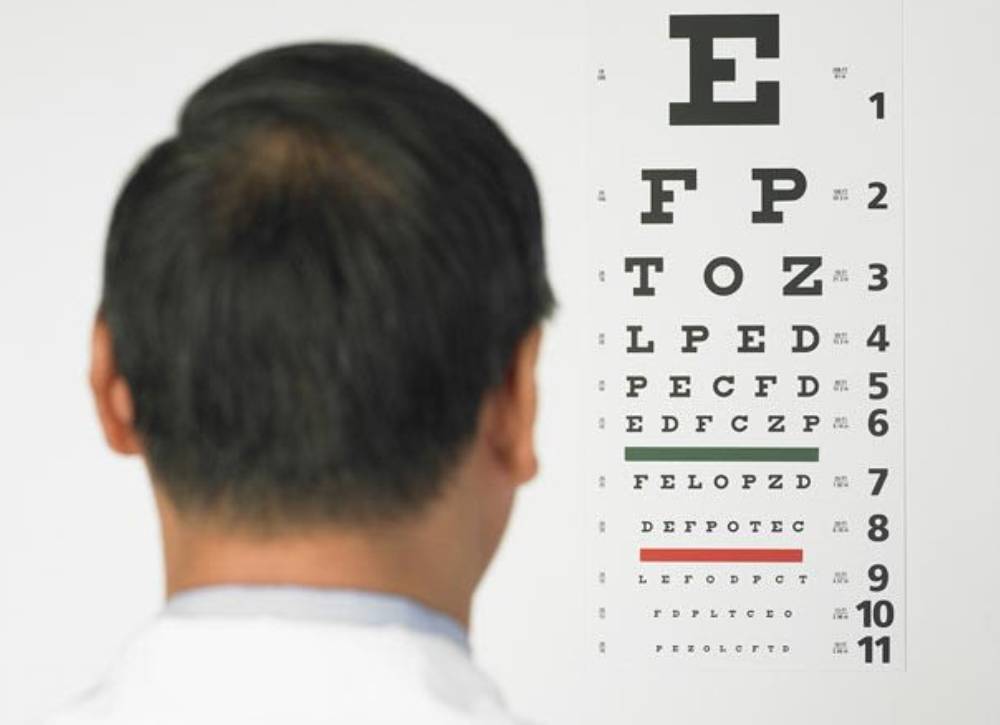Can You Be Nearsighted in One Eye Farsighted in the Other?
You may have this query that one person has nearsighted and farsighted at the same time. The simple answer is that it is impossible to be both nearsighted and farsighted in the same eye.
However, there is something special. It is unusual, but a person can indeed be nearsighted in one eye and farsighted in the other. There are two medical terms used to describe this condition: anisometropia and antimetropia.
Antimetropia is the condition where two eyes have significantly different refractive powers at least two diopters. A diopter measures the light-bending power of a lens. Negative diopters equate to nearsightedness, while positive diopters equal farsightedness.
What Are the Symptoms of Antimetropia?
Here, we will show you some symptoms of antimetropia. The main symptom of this eye condition is that one eye is blurrier than the other. This can lead to headaches, dizziness, nausea, and most commonly poor depth perception. When occurring at a young age, it may cause one eye to develop slower than the fellow eye, which can then lead to amblyopia, commonly known as lazy eye.
How to Treat Antimetropia?
With nearsighted in one eye farsighted in the other, you may ask how to treat it. Early diagnosis and treatment of antimetropia are critical so the brain does not ignore the weaker eye and causes irreversible amblyopia. So, a regular eye exam for kids is pretty important.
So, how to treat antimetropia? Fortunately, glasses and contact lenses can help correct these eye conditions. However, glasses can cause objects to look like they are different sizes when people with antimetropia view them in each eye. This is a condition called aniseikonia. But, contact lenses greatly reduce this.
What’s more, people who are nearsighted in one eye and farsighted in the other are usually better served with contacts than glasses because they create more natural vision.
Also, LASIK is another good choice to correct significantly dissimilar refractive errors in the two eyes and avoid some other problems. But, this option should be considered only after the refractive errors are stable, generally after age 20.
Is it possible for nearsighted in one eye and farsighted in the other? This post from Koalaeye Optical has shown the answers. If you have any better ideas for antimetropia, share them in the comment zone. If you have any problems with glasses or sunglasses, please contact us via the email service@koalaeye.com and we will reply to you as soon as possible.





































